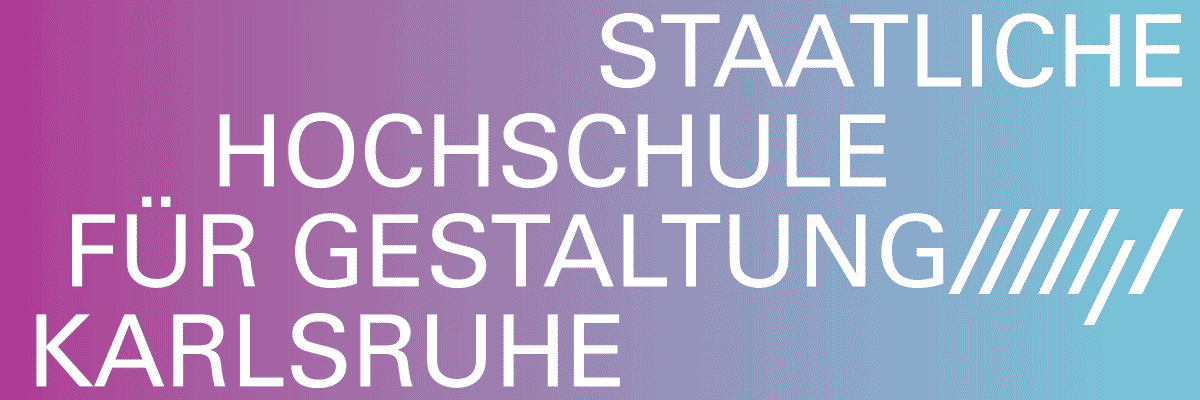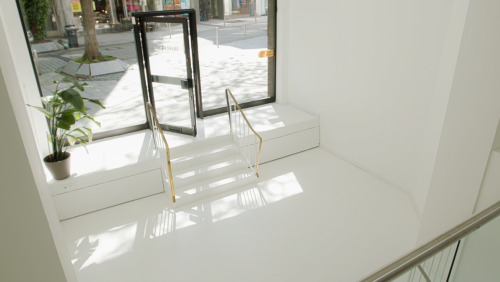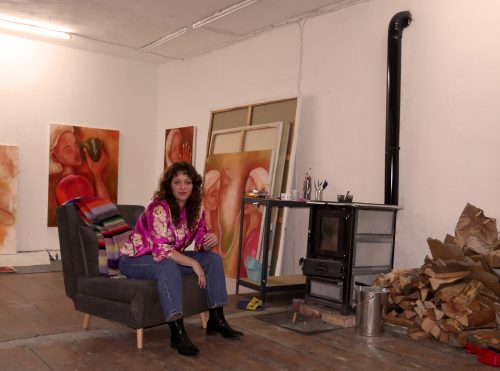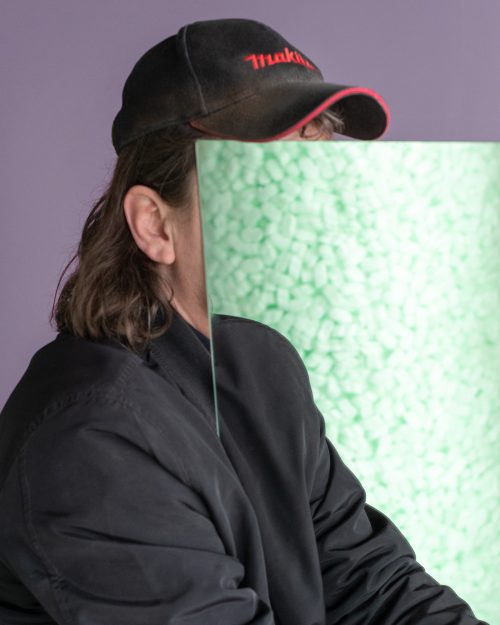
Claire Lachow
Survival Mode
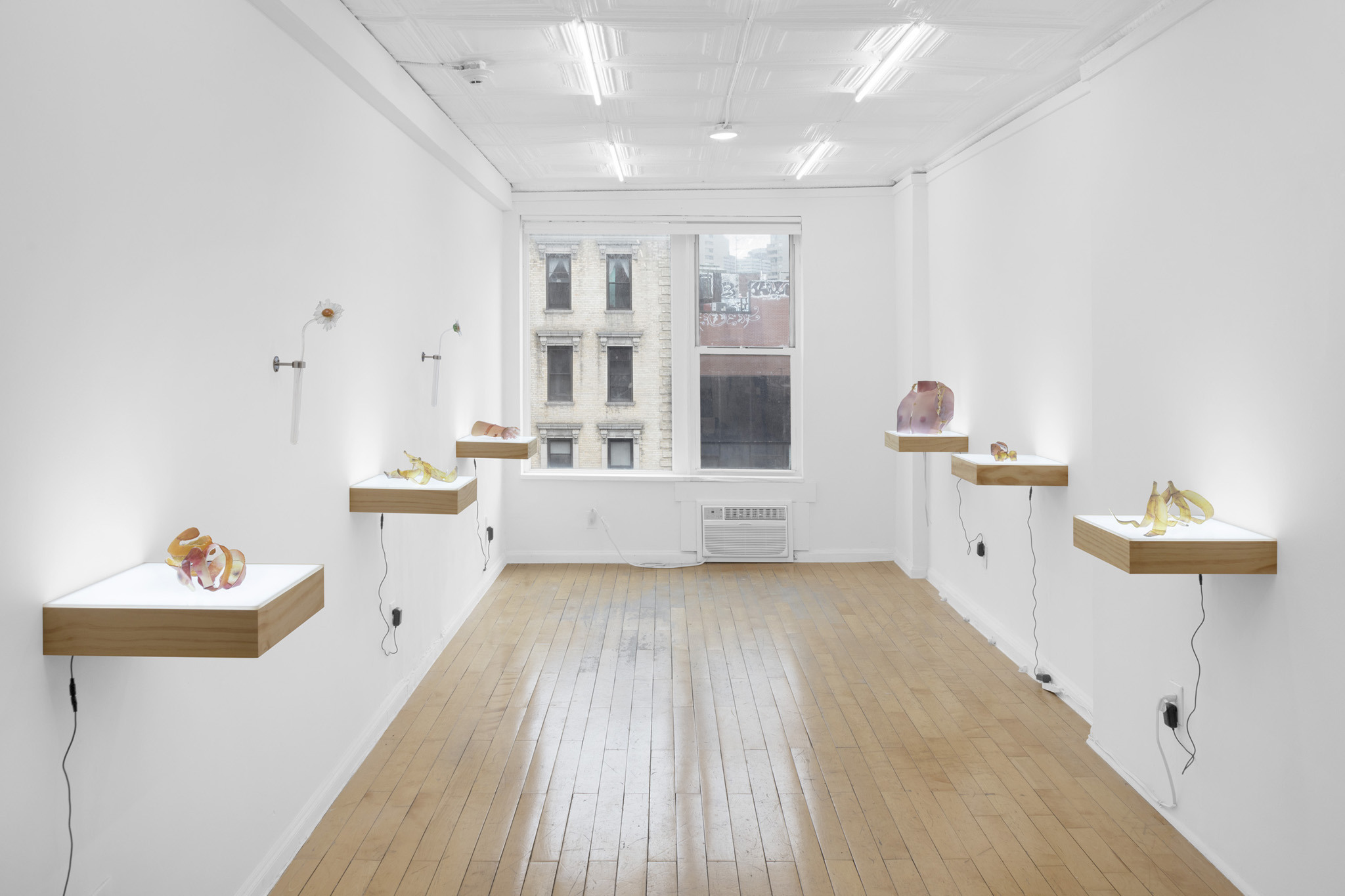
Claire Lachow, Survival Mode, installation view, 2022
Advertisement
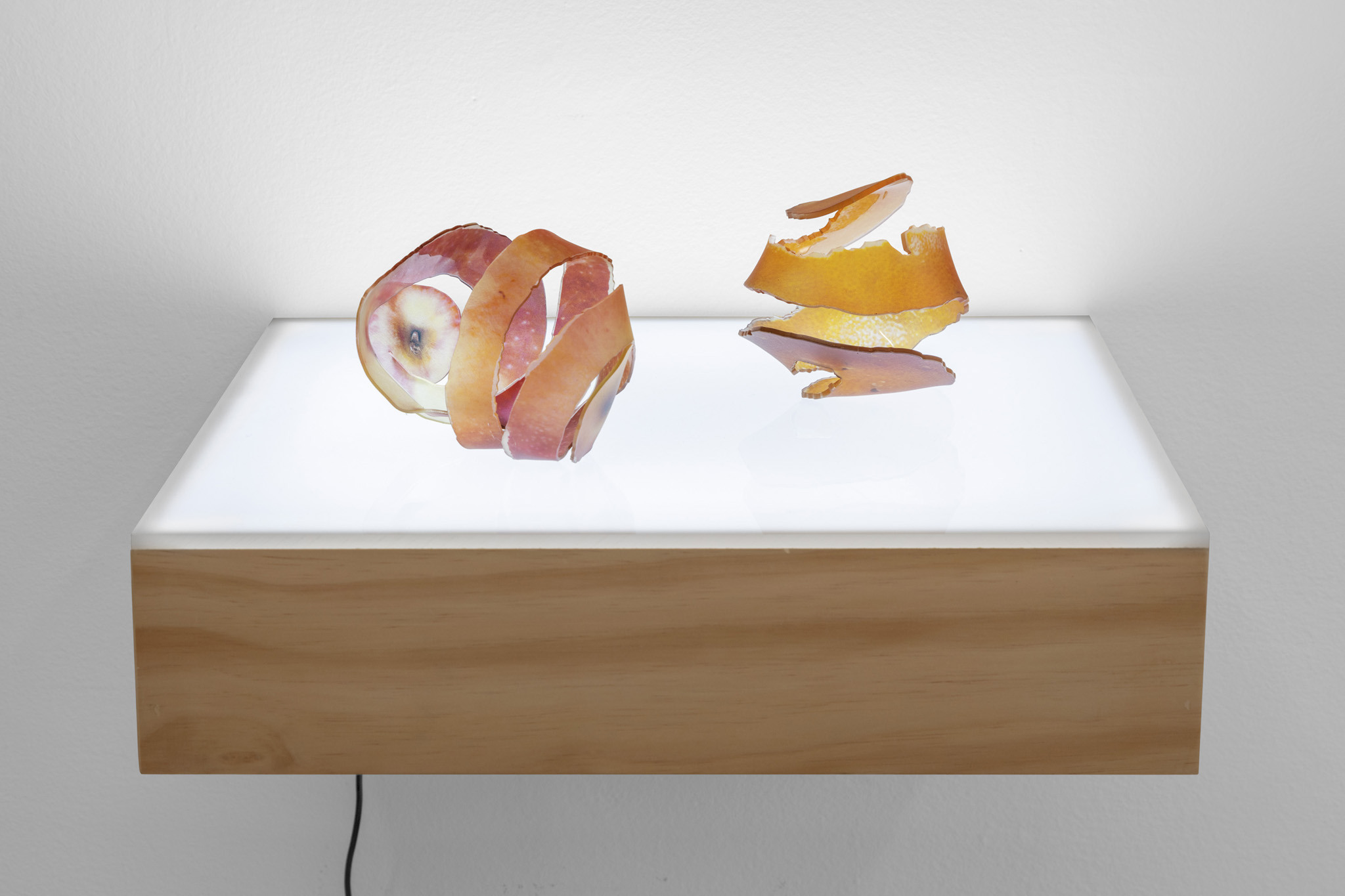
Claire Lachow, Survival Mode 1: Exocarp (Malus) 1 & Exocarp (Citrus) 2, Acrylic transfer on clear acrylic, light box, 2022
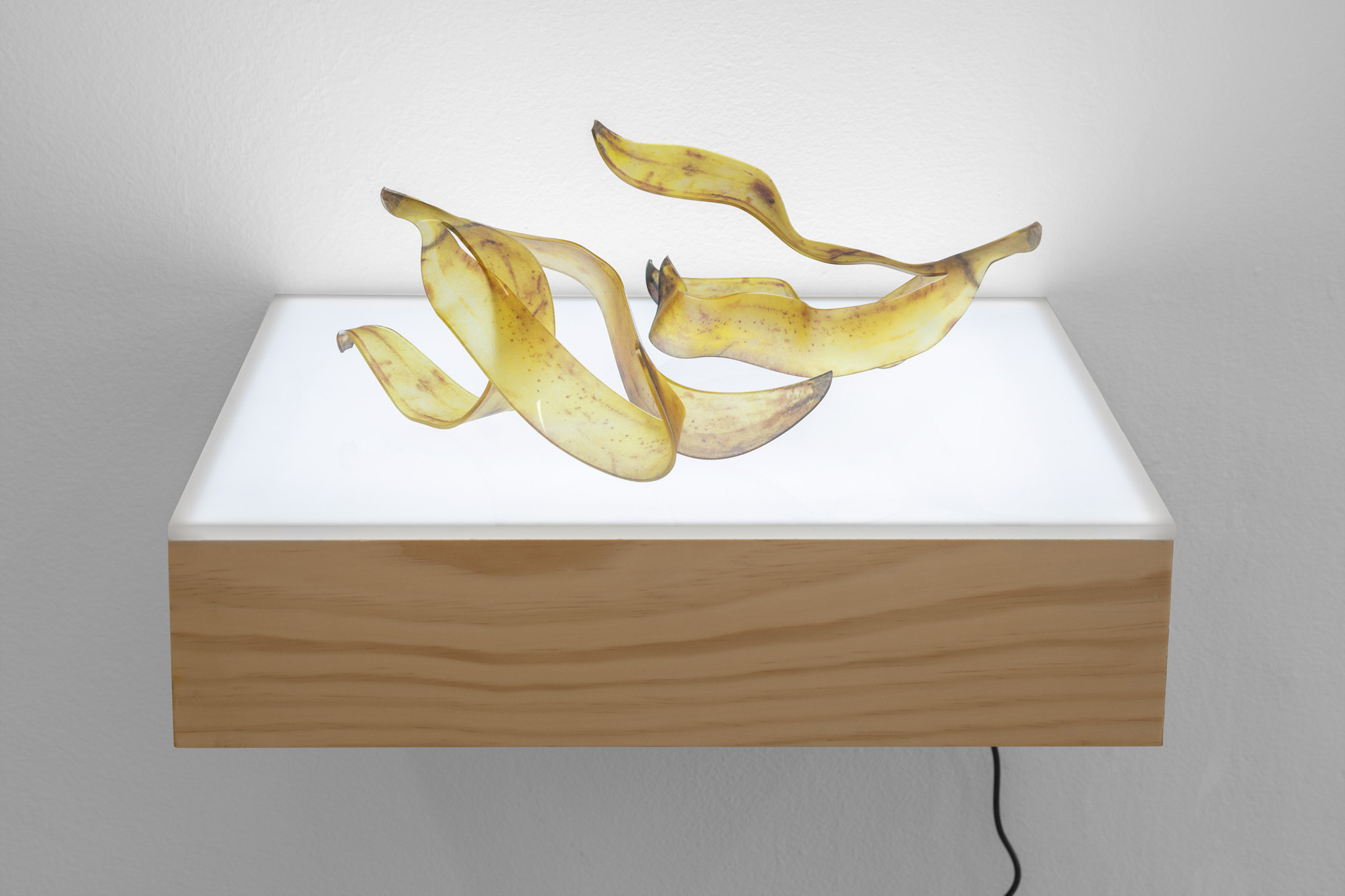
Claire Lachow, Survival Mode 2: Exocarp (Musa) 1 & 4, Acrylic transfer on clear acrylic, light box, 2022
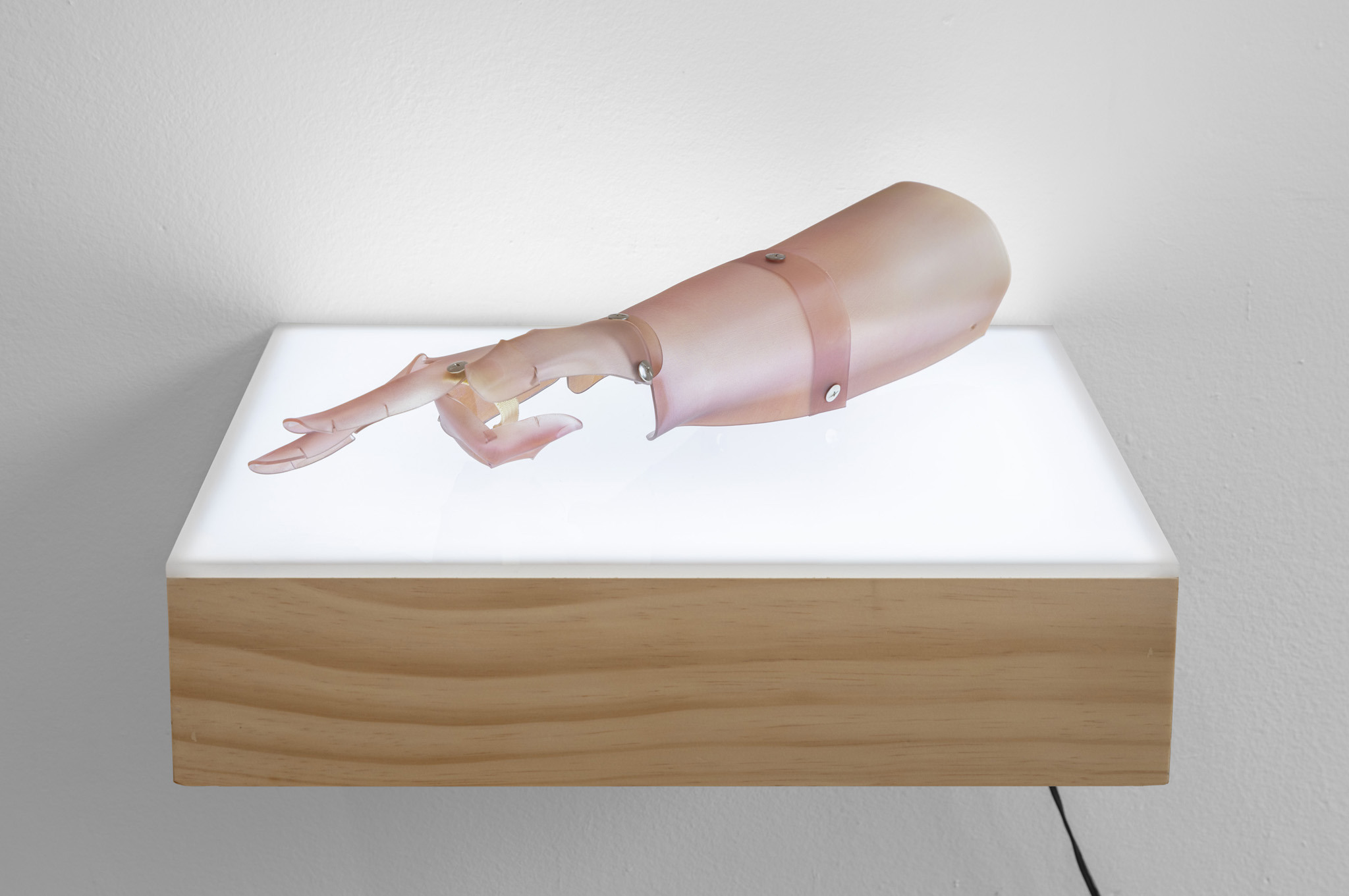
Claire Lachow, Survival Mode 3: Tegumentum I (Caestus Dexter), Acrylic transfer on clear acrylic sheet, nickel-plated iron screw rivets, polypropylene webbing , light box, 2022
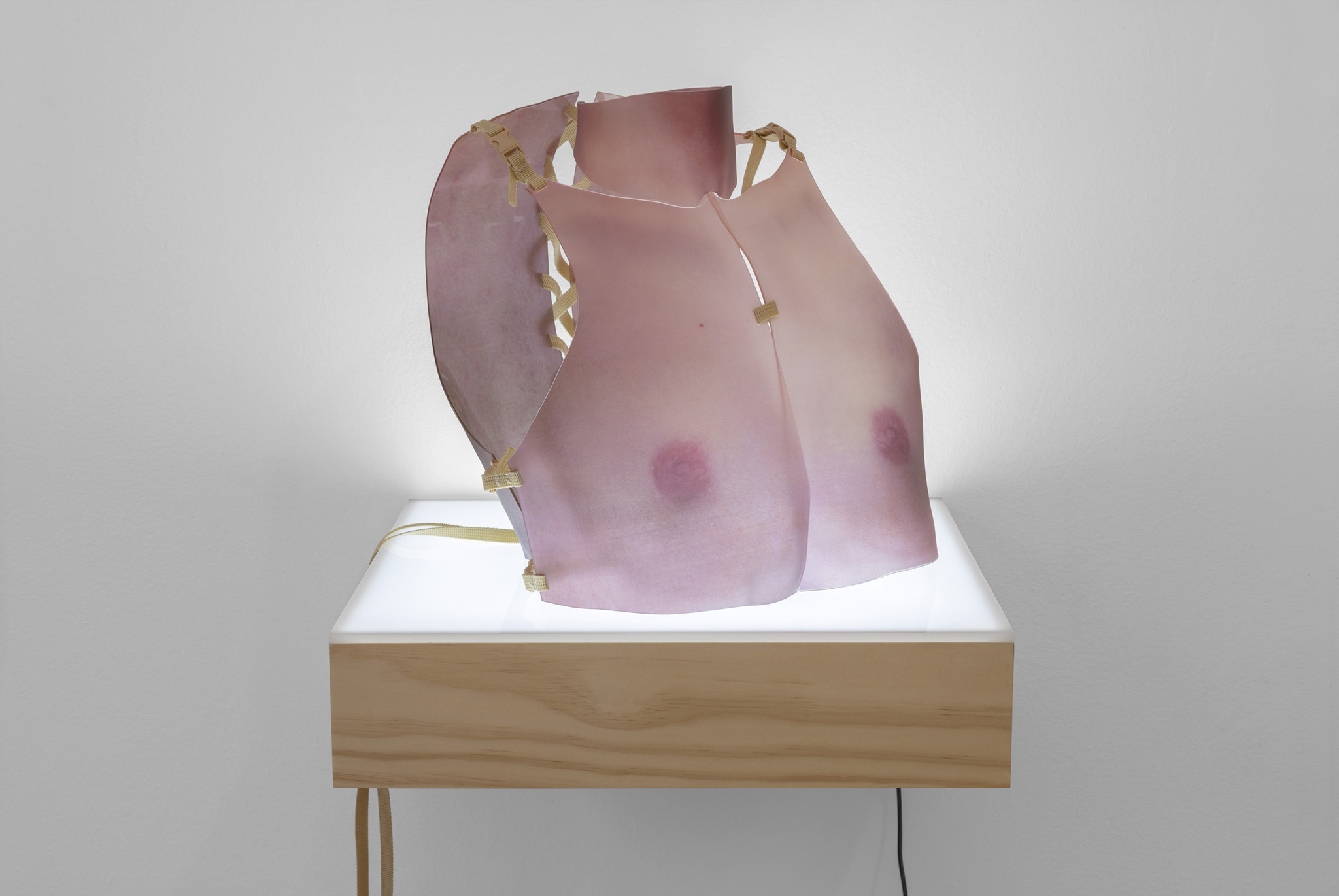
Claire Lachow, Survival Mode 4: Tegumentum I (Cuirass & Gorget), Acrylic transfer on clear acrylic sheet, polypropylene webbing, side-release buckles, light box, 2022
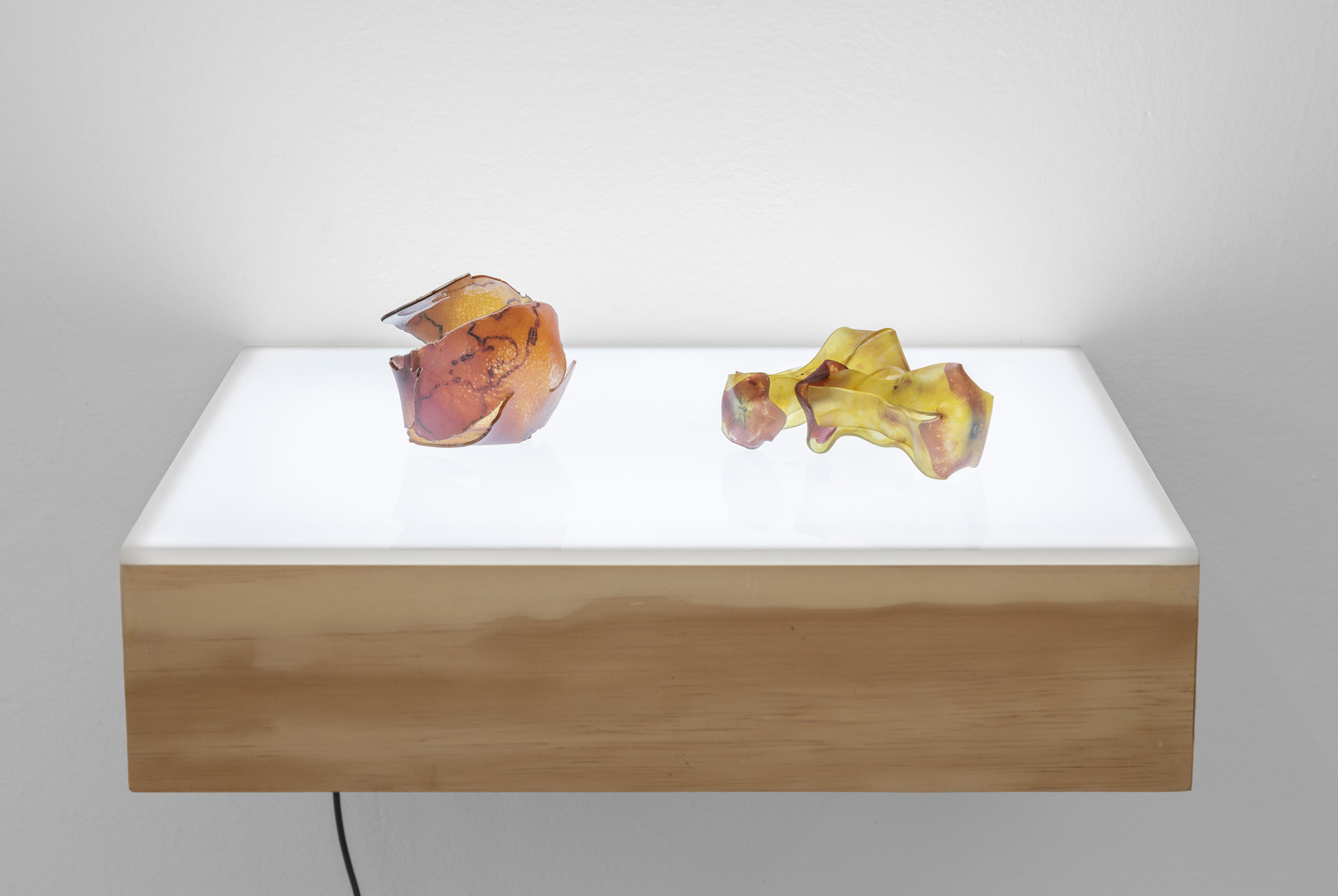
Claire Lachow, Survival Mode 5: Exocarp (Citrus Munda) 1 & Endocarp (Malus) 3 & 4, Acrylic transfer on clear acrylic, light box, 2022
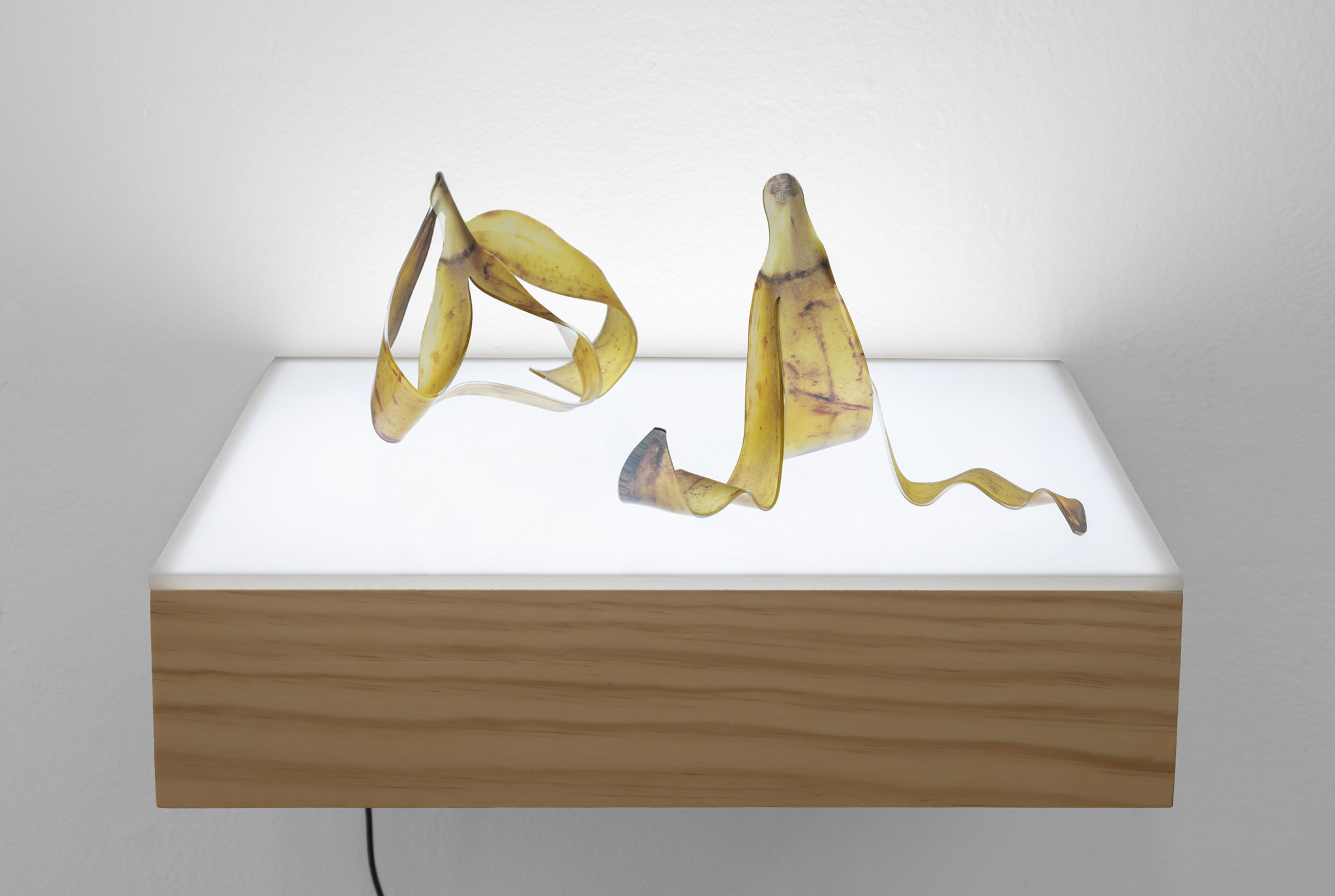
Claire Lachow, Survival Mode 6: Exocarp (Musa) 3 & 5, Acrylic transfer on clear acrylic, light box, 2022
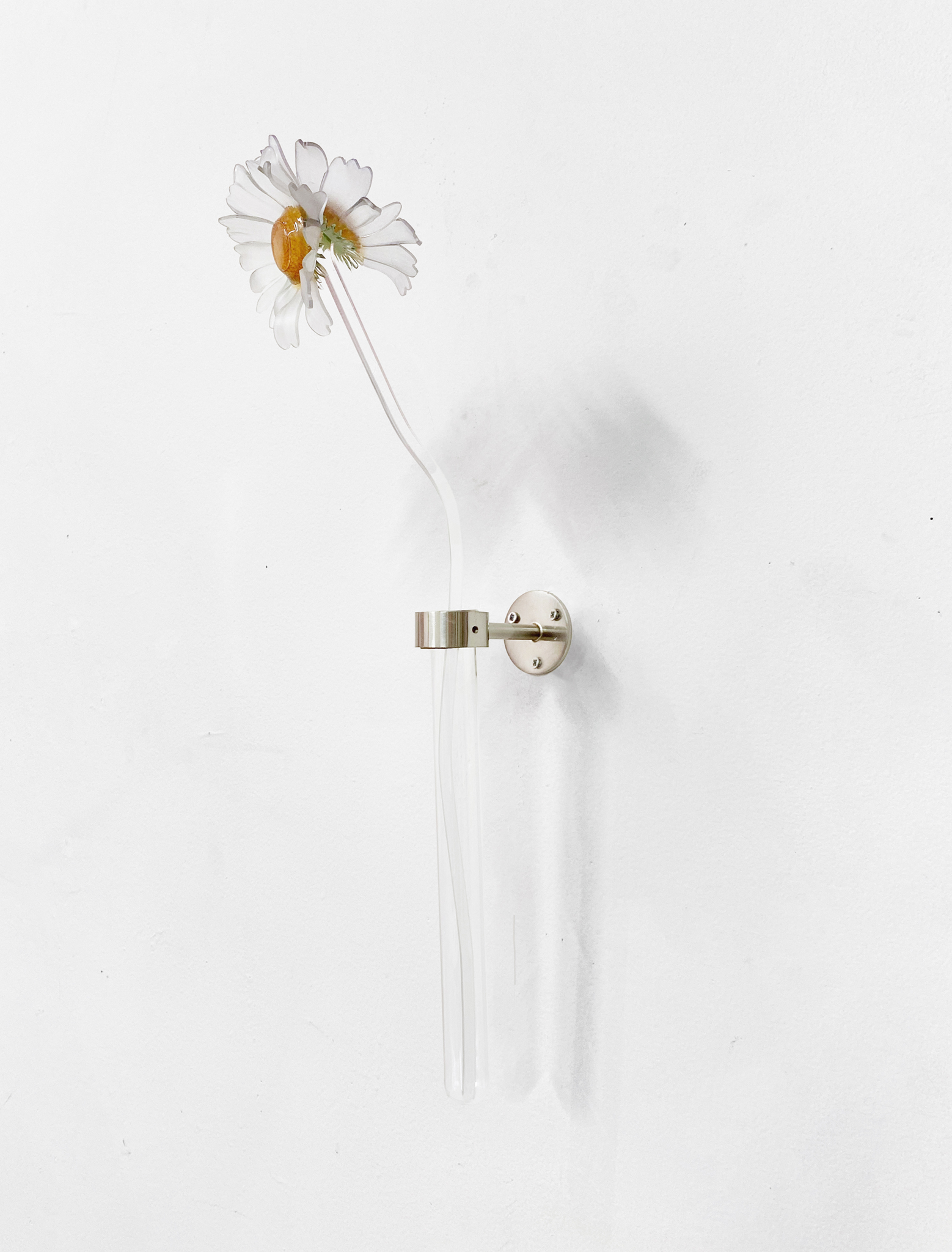
Claire Lachow, Bellis Fasciata (Dicephalus) 2, Acrylic transfer on clear acrylic sheet, steel bracket, borosilicate glass test tube, 2022
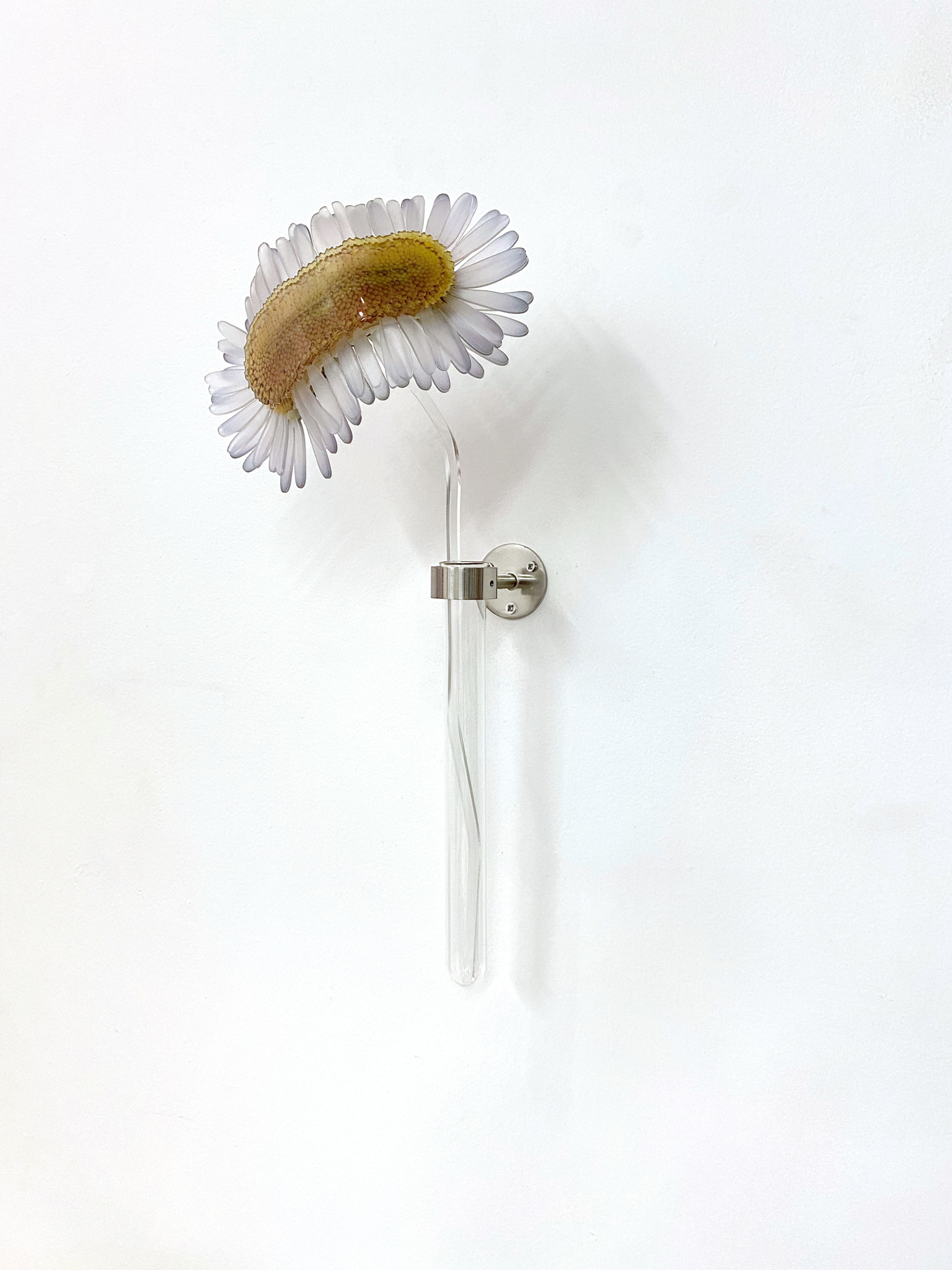
Claire Lachow, Bellis Fasciata (Extenta) 1, Acrylic transfer on clear acrylic sheet, steel bracket, borosilicate glass test tube, 2022

Claire Lachow, Bellis Fasciata (Conjuncta) 1, Acrylic transfer on clear acrylic sheet, steel bracket, borosilicate glass test tube, 2022
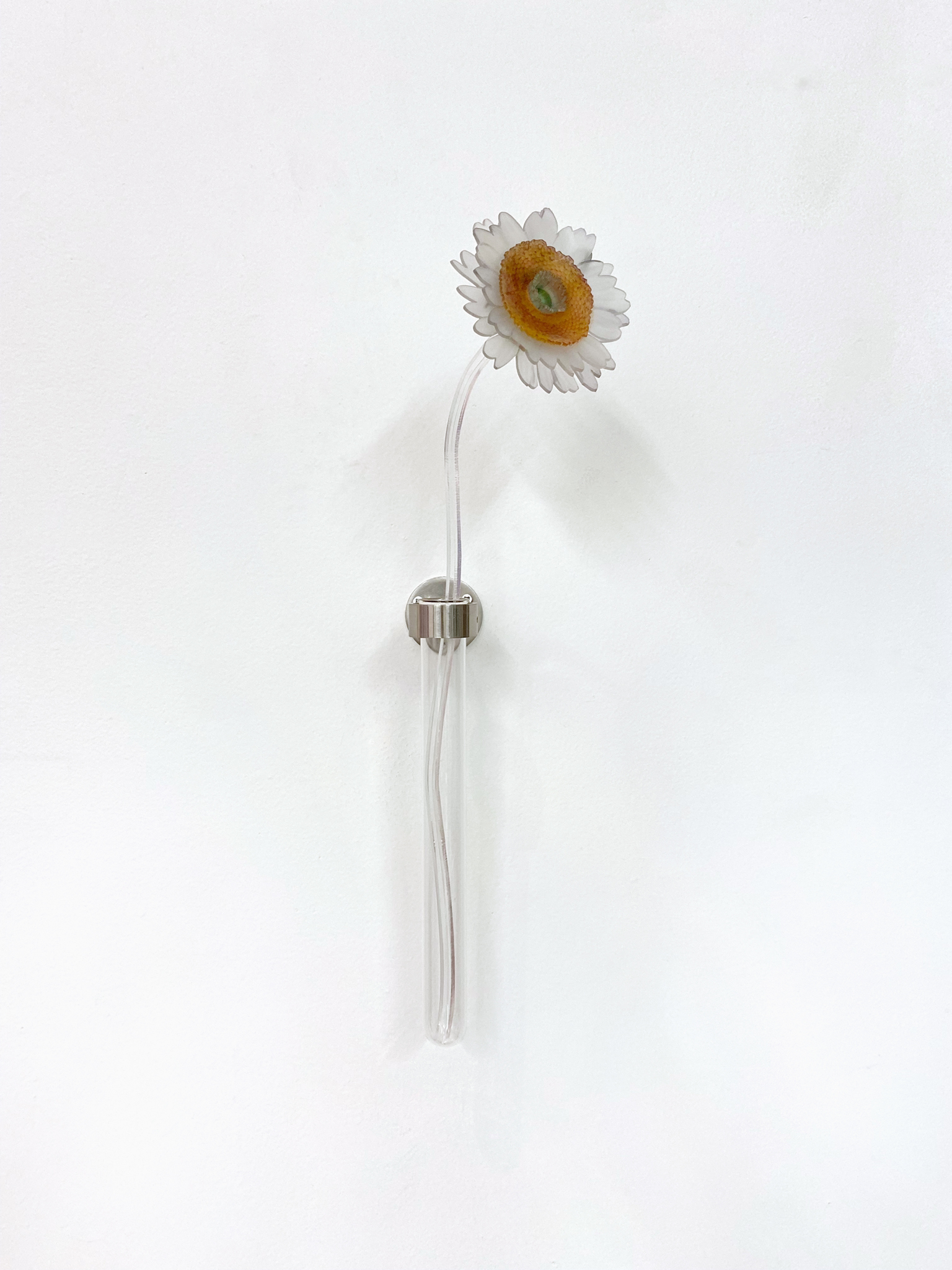
Claire Lachow, Bellis Fasciata (Torus) 2, Acrylic transfer on clear acrylic sheet, steel bracket, borosilicate glass test tube, 2022
Claire Lachow’s humorous and elegant sculptures may appear to be idealized recreations of commonplace items, but their peculiar weightlessness and the emphasis on surface qualities challenge any simple identification. The exhibition borrows as much inspiration from mainstream entertainment—sci-fi narratives and digital gaming landscapes—as the art-historical lexicon. Thoughtfully manipulated representations of discarded fruit scraps, fragments of the human body as protective armor, and mutated flowers form still lifes in a futuristic cabinet of curiosities. Labor intensive and technologically mediated, the works are created using 3D modeling software, commercial printing techniques, and acrylic image transfers. The final product is ultimately sculpted by the artist’s own hand, complicating the distinctions between human, technological, and natural influence over these objects.
As a work of science fiction, Survival Mode presages a dystopian future that reflects equally our current moment in history. Even Lachow’s most fantastical representations of organic objects hew closer to real life than one might expect; flowers, presented in test tubes, are modeled after mutant daisies that were supposedly found at the Fukushima disaster site. In this context, Lachow’s apple cores and banana peels resemble less the idealized versions of natural fruit and more the genetically modified, industrial byproducts of rampant consumption. The title, Survival Mode, references both a common video game setting that connotes a higher degree of difficulty and realism and, simultaneously, a psychological reaction to recent trauma. Here it seems to signify a state of hostile vulnerability, requiring an avatar of body armor to navigate a precarious terrain shaped by the collision of utopian visions with reckless realities.
Much of the exhibition’s thematic language was inspired by the artist’s visit to Chernobyl and rumors of the practice of “stalking,” or scavenging for radioactive souvenirs in forbidden zones. The collection on display here exists in an ambiguous temporal space, gesturing toward historic calamities, anticipating the hindsight of the near future, and dwelling in the strange contradictions of the present. While these objects appear as half-digital artifacts of humanity’s dubious accomplishments, their purpose or provenance is never fully revealed. Observers encountering Lachow’s uncanny collection are not offered clear meanings or convenient solutions, but instead are left to contemplate how we got here, what we could have done differently, and where we’re going—sorting through the endless archive of biopolitical factors that shape our future.
Claire Lachow (b.1989, NYC) is an artist and writer who lives in Brooklyn, NY. She received her B.A. from Oberlin College in 2011. She is a founding member of the artist collective Material Girls. This is her first solo exhibition at Hyacinth Gallery.

